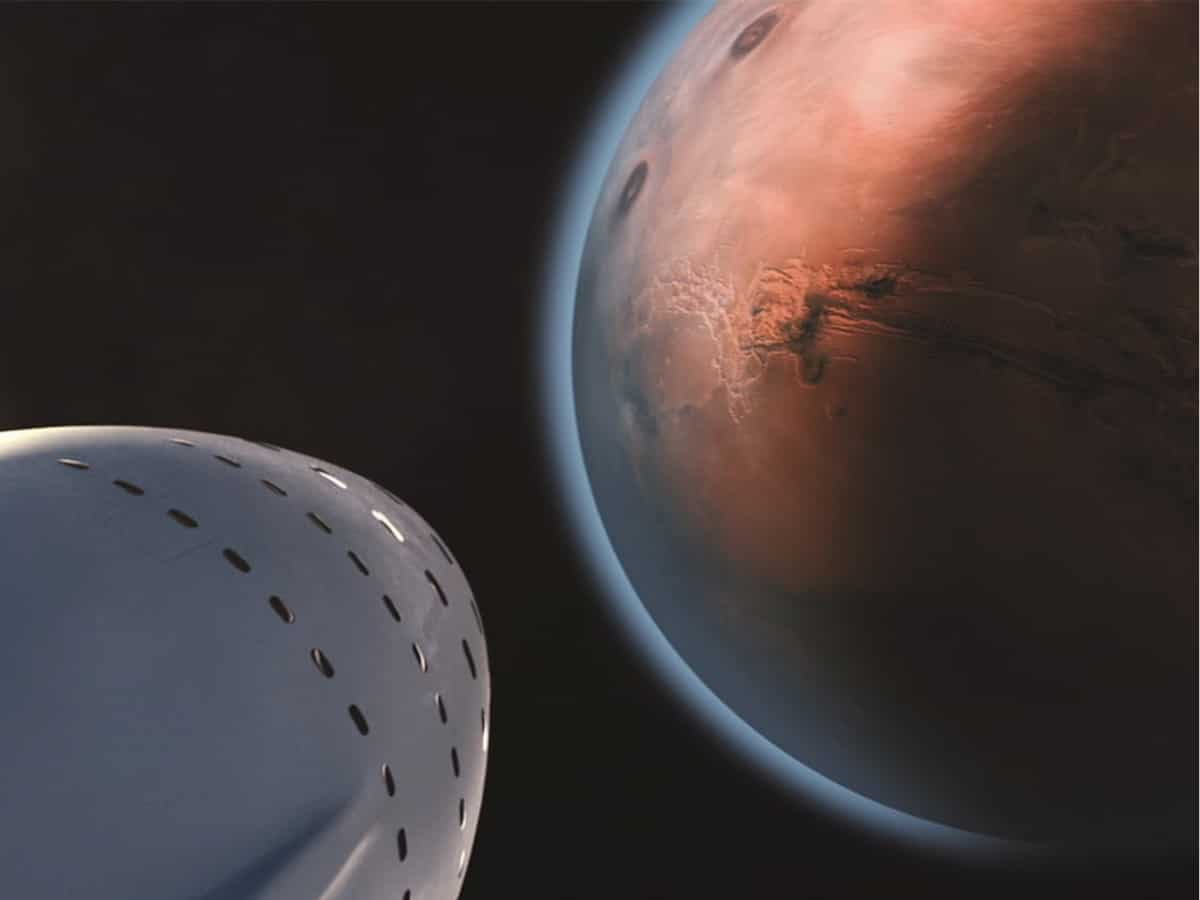Mars, one of the most captivating planets in our solar system, has once again amazed scientists with a recent revelation. A study conducted by researchers at Tohoku University in Japan has uncovered traces of atmospheric formaldehyde on the red planet.
This unexpected finding on Mars could have played a role in the development of biomolecules crucial for sustaining life on the planet, as indicated by the study. The research outcomes were detailed in the journal Scientific Reports.
Formaldehyde Detection on Mars: Implications for Potential Life
While Mars currently appears desolate and dry, it is believed to have hosted the beginnings of life in the past. Scientists suggest that liquid water existed on Mars for a period spanning at least 200 million years.
The presence of water is a key factor in assessing the possibility of life in the universe. The recent research proposes that formaldehyde, a fundamental compound for life’s inception, might have been generated during Mars’ watery epochs. This discovery adds another dimension to the hypothesis of life on the red planet.
Formaldehyde serves as a vital component in the formation of essential biological structures like proteins and RNA.
Around 3.8 to 3.6 billion years ago, Mars potentially provided a hospitable setting with liquid water on its surface, creating conditions conducive for life to emerge. This environment was likely sustained by specific gases that fostered a warm atmosphere.
Nevertheless, the question remains whether this setting was conducive to the production of formaldehyde.
Key Insights from the Study
The Tohoku University study delves into the origins of organic substances such as formaldehyde on Mars and explores the plausible environmental conditions existing billions of years ago.
Employing a computer model to replicate Mars’ ancient conditions, the researchers inferred that the organic material likely consisted of formaldehyde, given the abundance of carbon dioxide, hydrogen, and carbon monoxide in the atmosphere.
Lead author Shungo Koyama and the research team noted, “Our findings demonstrate that a continuous influx of atmospheric [formaldehyde] could catalyze the formation of diverse organic compounds, including amino acids and sugars.”
The study also contemplates the feasibility of “a sustained provision of bioessential sugars on early Mars, particularly during the Noachian and early Hesperian epochs.”
This investigation holds significant implications for the exploration of extraterrestrial life. By understanding the conditions favorable for life on Mars, scientists can refine their strategies for detecting traces of ancient life.
The identification of vital sugars and amino acids in ancient Martian settings could guide future missions in their quest for substantial evidence.
